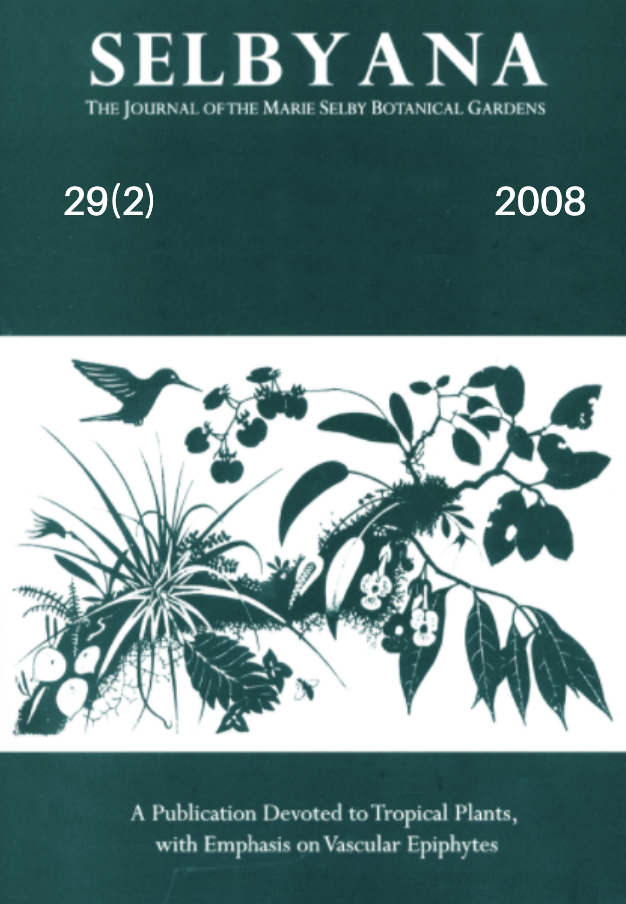Abstract
Cryptanthus Otto & A. Dietrich, one of the most distinctive genera in the Bromeliaceae, is endemic to Brazil. The flowering phenology and floral biology of Cryptanthus dianae Lerne were studied in natural sites in Tapacurá Ecological Station and Natural heritage private reserve (RPPN) Frei Caneca, both located in Pernambuco. Cryptanthus dianae flowers once a year, with one to four flowers opening per day. The species is andromonoecious with a predominance of male flowers during the beginning of the blooming period. Flowers emerge in the central apical area of the inflorescence and more rarely in the peripheral basal area of the rosette where the hermaphrodite flowers open. Visits by hummingbirds (Phae thornis ruber), flies, diurnal moths (Saliana sp.), and bees (Euglossa cordata, Eulaema nigrita, Trigona sp.) were observed. According to the behavior and frequency of visits, the Euglossini males appear to be the main pollinators. During floral visits, Euglossa cordata and Eulaema nigrita scrape the petals, filaments and style with their forelegs, thus suggesting that odor is an additional floral resource in addition to the pollen and nectar. This is the first report of the presence of floral odor in Bromeliaceae as the primary attractive.
Open Access and Copyright Notice
Selbyana is committed to real and immediate open access for academic work. All of Selbyana's articles and reviews are free to access immediately upon publication. There are no author charges (APCs) prior to publication, and no charges for readers to download articles and reviews for their own scholarly use. To facilitate this, Selbyana depends on the financial backing of the Marie Selby Botanical Gardens, the hard work and dedication of its editorial team and advisory board, and the continuing support of its network of peer reviewers and partner institutions.
Authors are free to choose which open license they would like to use for their work. Our default license is the Creative Commons Attribution-NonCommercial 4.0 (CC BY-NC 4.0). While Selbyana’s articles can be copied by anyone for noncommercial purposes if proper credit is given, all materials are published under an open-access license with authors retaining full and permanent ownership of their work. The author grants Selbyana a perpetual, non-exclusive right to publish the work and to include it in other aggregations and indexes to achieve broader impact and visibility.
Authors are responsible for and required to ascertain that they are in possession of image rights for any and all photographs, illustrations, and figures included in their work or to obtain publication or reproduction rights from the rights holders. Contents of the journal will be registered with the Directory of Open Access Journals and similar repositories. Authors are encouraged to store their work elsewhere, for instance in institutional repositories or personal websites, including commercial sites such as academia.edu, to increase circulation (see The Effects of Open Access).
